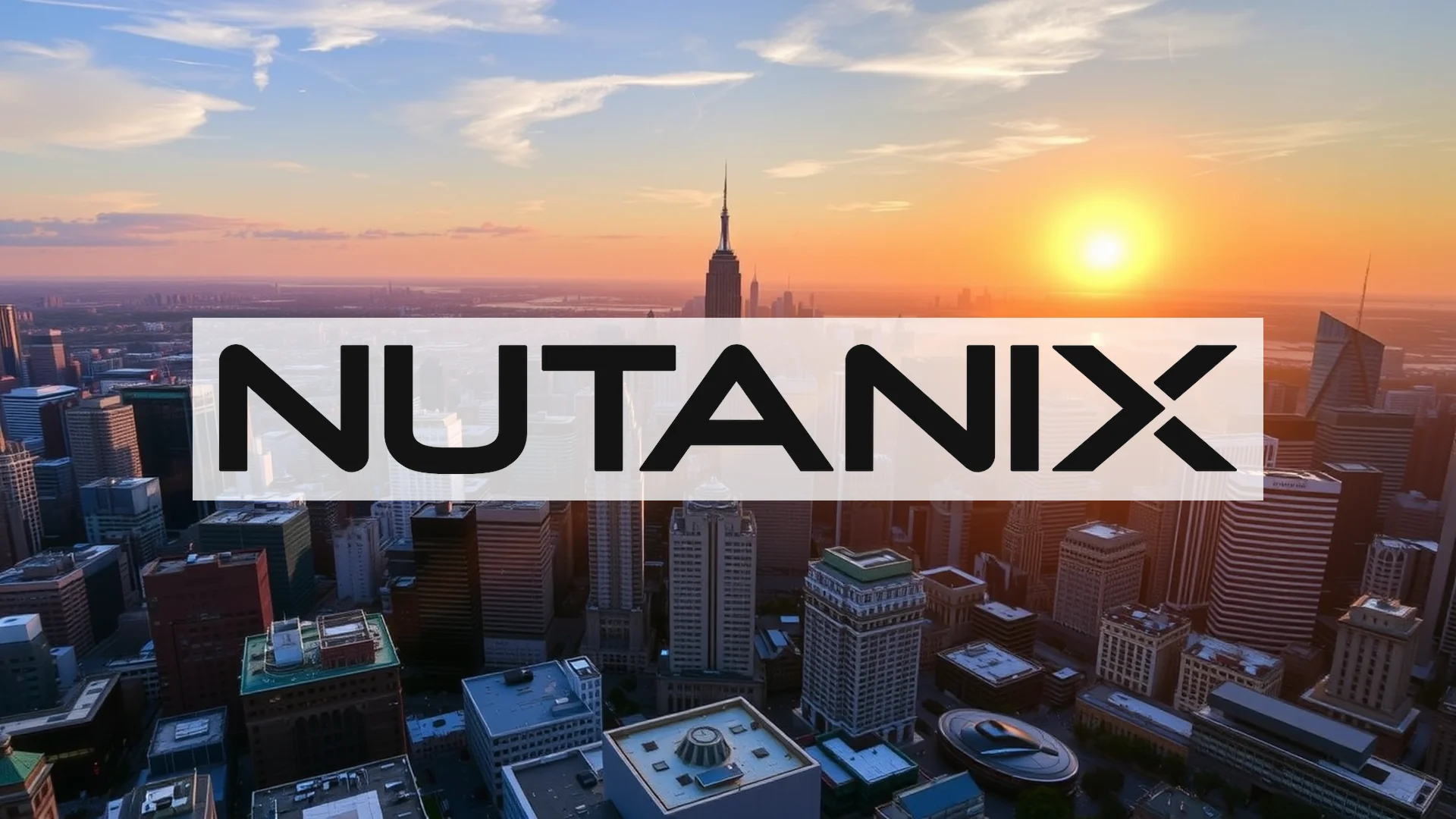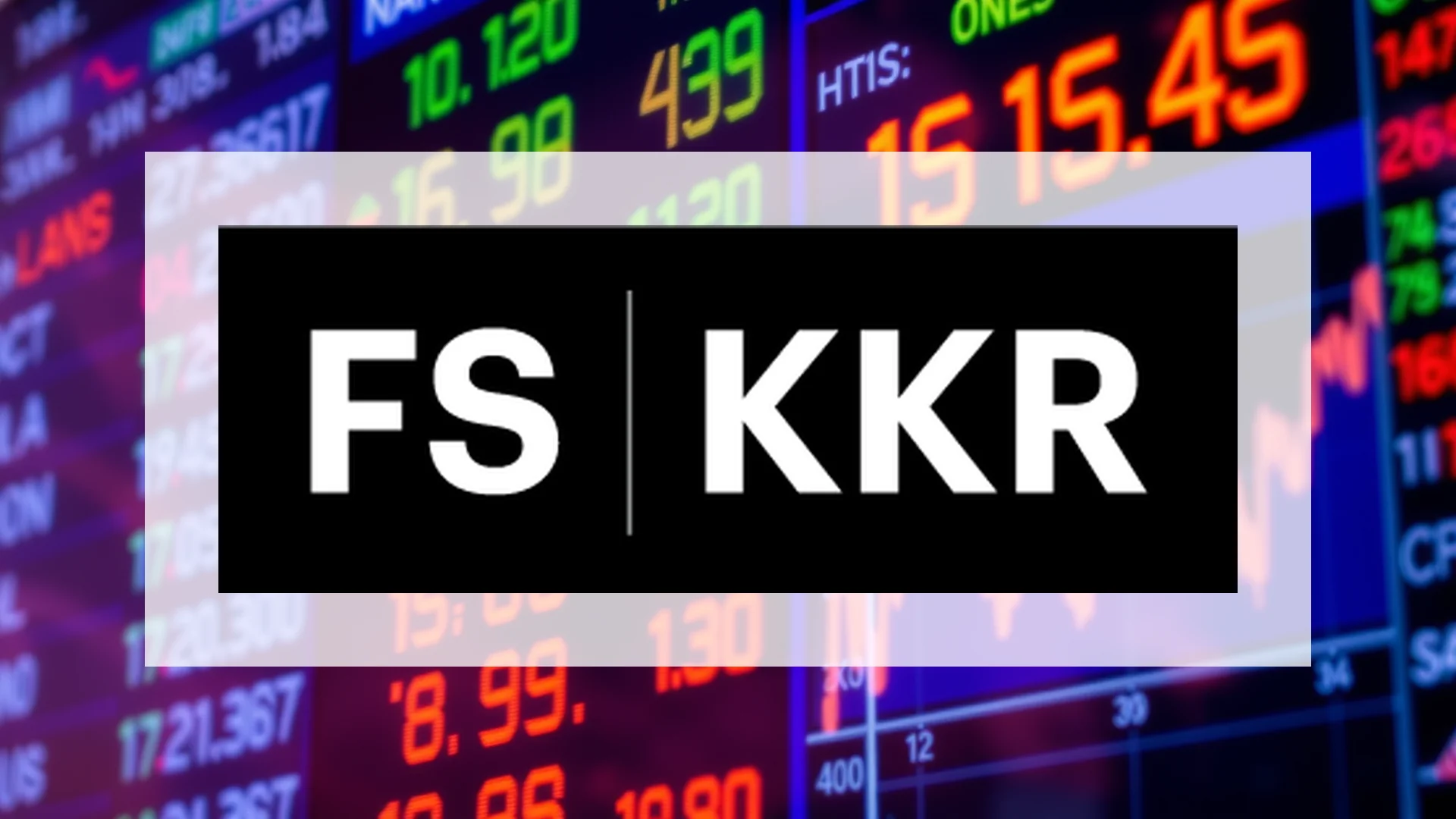The Dutch semiconductor equipment manufacturer ASML Holding NV is confronting multiple class-action lawsuits alleging the company systematically misled its investor base. Several prominent law firms have initiated legal proceedings, claiming the lithography specialist deliberately obscured significant challenges within the chipmaking sector. This development places shareholders in a precarious position, raising questions about the potential financial and reputational damage to the tech giant.
Share Price Plunge Precipitates Legal Action
A disastrous trading session on October 15, 2024, served as the catalyst for the legal challenges. On that day, ASML’s stock value plummeted by 16.3%, shedding $141.84 per share. The decline continued the following day with a further 6.4% drop. This severe market reaction was triggered by the company’s third-quarter earnings report, which revealed a steep 53% quarter-over-quarter decrease in net bookings, which fell to just €2.63 billion.
Compounding investor concerns, management issued a downgraded outlook for 2025, slashing its revenue forecast to a range of €30-35 billion with projected gross margins between 51% and 53%. The company conceded that the semiconductor industry’s recovery was progressing at a “significantly more gradual pace than anticipated.” A particularly troubling detail for market observers was the continued decline in sales within the critical Chinese market, a situation exacerbated by ongoing export control restrictions.
Law Firms File Simultaneous Claims
In response to these events, two legal firms, Robbins LLP and Glancy Prongay & Murray LLP, independently filed securities class-action complaints against ASML on November 19, 2024. The lawsuits seek to represent all investors who acquired ASML shares between January 24, 2024, and October 15, 2024.
The core allegations assert that ASML failed to adequately disclose:
* The true severity of semiconductor supply chain disruptions
* The sluggish pace of the industry’s broader recovery
* The absence of reliable customer demand that the company had previously suggested existed
* The material risks presented by export restrictions and macroeconomic volatility
Should investors sell immediately? Or is it worth buying ASML?
Investors who purchased securities during the specified class period have until January 13, 2025, to petition the court to be appointed as lead plaintiff.
Long-Term Strategy Remains Unshaken
Despite the immediate legal and market pressures, ASML’s leadership has reaffirmed its confidence in the company’s long-term trajectory. During an investor day held on November 14, 2024, executives reiterated ambitious financial targets for 2030, projecting revenue between €44 billion and €60 billion with gross margins of 56% to 60%.
This optimistic outlook is heavily predicated on two key growth drivers: the artificial intelligence revolution and the continued expansion of its Extreme Ultraviolet (EUV) lithography systems. The company forecasts that its advanced logic applications will see annual growth of 10% to 20% from 2025 through 2030, while DRAM applications are expected to grow between 15% and 25% annually. While traditional segments like smartphones, consumer electronics, and automotive remain weak, ASML is betting that demand fueled by AI development will propel its future performance.
ASML’s undisputed technological leadership in EUV lithography remains its most significant competitive advantage. Whether this foundational strength will be sufficient to navigate the ongoing legal storm, however, is a question that remains unanswered.
Ad
ASML Stock: Buy or Sell?! New ASML Analysis from November 19 delivers the answer:
The latest ASML figures speak for themselves: Urgent action needed for ASML investors. Is it worth buying or should you sell? Find out what to do now in the current free analysis from November 19.
ASML: Buy or sell? Read more here...










